The Hobbit: Everything We Know
It’s time to head back to Middle Earth
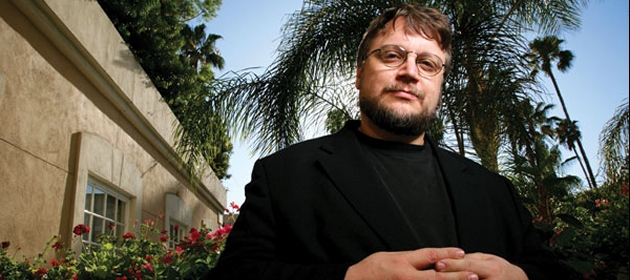
Guillermo del Toro was going to direct
As early as 2003, the same year that The Return Of The King made its cinematic bow, director Peter Jackson was talking about making The Hobbit into a movie.
“I'd be happy to do it,” he told the Associated Press . “It would be strange for somebody else to do it. And I also think to do justice to The Hobbit it would be great to bring some of the same actors back.”
The first two movie adaptations of J.R.R. Tolkien’s epic Lord Of The Rings had at that point made almost $2bn in gross revenue, and been heaped with critical acclaim.
Despite various lawsuits filed by Jackson against New Line Cinema for unpaid royalties, it was no wonder that the studio remained keen for him to create a movie adaptation of LOTR prequel The Hobbit.
By December 2007, Jackson had been confirmed as The Hobbit ’s executive producer, while New Line and MGM would co-finance the production. Just five months later, they had a director – Guillermo del Toro.
“I was calmly laying out the next decade of my life when The Hobbit appeared,” del Toro exclusively told us in October 2009. “I was preparing all these things and all of a sudden The Hobbit shows up and takes over my life.” The Mexican Pan’s Labyrinth director had long been a fan of Jackson’s, and got to work crafting his own designs for Middle Earth. But things were not meant to be…
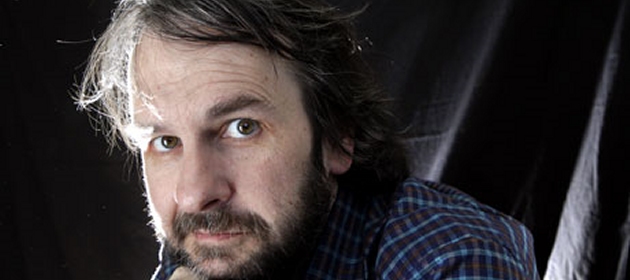
Peter Jackson is directing
With del Toro busying himself in pre-production from August 2008 onwards, writing duties were shared between himself and the original scribes of the Lord Of The Rings scripts – Peter Jackson, Fran Walsh and Philippa Boyens.
Treatment writing continued at the beginning of 2009, del Toro revealing that writing would take place from 8.30am until 3pm every day. By March, the treatments was complete and the studios approved the beginning of scripting.
November rolled around, and Jackson revealed that the script for the film would be completed by early 2010. But then tragedy struck. As co-financier MGM found itself struggling in massive debt, The Hobbit was put on hold.
Five excruciating months slipped by with no activity, and del Toro finally decided in May 2010 to leave the film's production. “In light of ongoing delays in the setting of a start date for filming The Hobbit, I am faced with the hardest decision of my life,” he told TheOneRing.net.
“After nearly two years of living, breathing and designing a world as rich as Tolkien’s Middle Earth, I must, with great regret, take leave from helming these wonderful pictures. I remain grateful to Peter, Fran and Philippa Boyens, New Line and Warner Brothers and to all my crew in New Zealand.”
Rumours of his replacement quickly stirred, with Harry Potter helmer David Yates and District 9 ’s Neill Blomkamp both apparently taking over the reins. Finally, though, it was Peter Jackson who took on the directing duties…
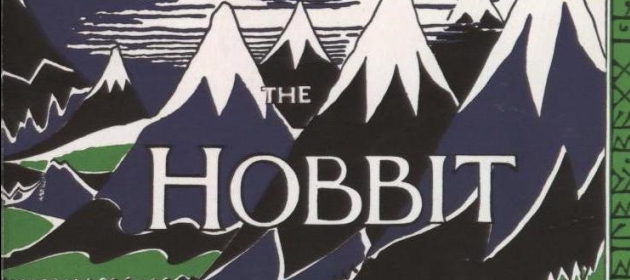
Tolkiens book is being split into two films
Del Toro may have been out, but one of his key decisions remained: The Hobbit would be two movies, not one.
While he was still on the project, del Toro confirmed: “Many, many months ago we sat down to discuss the structure with 3in by 5in cards and we laid out the two movies. At one point we split into two teams: I did one pass at things and they did a pass at things; it’s pretty much the way I’m used to co-writing.
“But I must say what was great and what made a big difference was the amount of great ideas that I felt were generated in a day – it was staggering. We could have written three or four versions of The Hobbit .”
With The Hobbit split into two movies, Tolkien’s rich and expansive tale would get a proper chance to breathe on the big screen without being crippled by savage edits.
Clearly, New Line were keen on the idea, not least because they could release the two movies in a two year stagger as December ‘events’, as they had done with Lord Of The Rings almost a decade before.
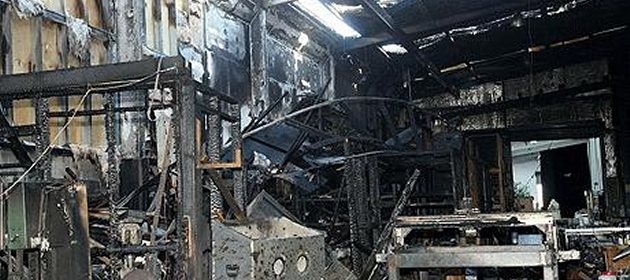
Its had numerous unfortunate delays
Making films is always a tough slog, and The Hobbit seems to have had the most cursed movie production since Poltergeist . First up were those well-publicised financial problems over at MGM, which caused no end of frustration for del Toro, and contributed to his departure from the film.
“We have been caught in a very tangled negotiation,” he said at the time. “We have designed all the creatures, the sets, the wardrobe, animatics and planned action sequences and we are very, very prepared for when it is finally triggered. We don’t know anything until the MGM situation is resolved.”
We all know how that turned out. Then, when pre-production was up and running, another bombshell fell – the Australian trade union MEAA (Media, Entertainment & Arts Alliance) sent out a warning that no NZ actors should take jobs on The Hobbit unless Jackson agreed to provide “minimum guarantees on wages and working conditions”.
This led to talks he might film in Eastern Europe instead, which then led to crisis talks with the NZ Prime Minister himself. Finally things were resolved, with filming set to take place in New Zealand as originally planned.
Next up, a fire burnt down Jackson’s NZ workshop, which would have been used during shooting. It took 50 fire fighters to stop the blaze, with only a smouldered wreck of a warehouse left behind.
Finally, Peter Jackson fell ill with stomach pains in late January 2011 and was admitted to Wellington Hospital where he underwent surgery for a perforated ulcer.
His sudden illness meant that The Hobbit ’s start date of February 2011 was no longer a go. “Sir Peter's surgery is not expected to impact on his directing commitment to The Hobbit beyond a slight delay to the start of filming,” read the official statement.
With Jackson recuperating, the new start date for shooting is now 21 March. “Despite some delays we are fully back on track and very excited to get started,” says a surely drama-fatigued Jackson...
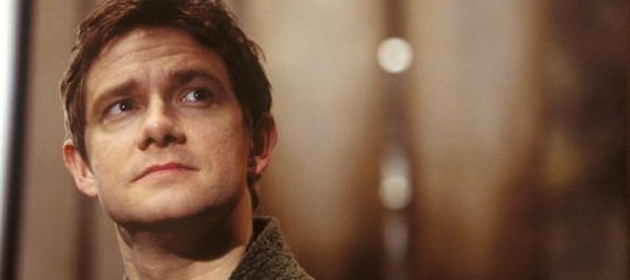
Martin Freeman is Bilbo Baggins
Of course, the question on everybody’s lips was always – who will play Bilbo Baggins? Portrayed in the LOTR films by Ian Holm as an elderly hobbit (celebrating his eleventy-first birthday, no less), there was talk that Holm could reprise his role with a CGI facelift.
But talk of casting auditions put paid to that notion. In February 2010, The Telegraph caught up with Watchmen star Matthew Goode, who revealed that he’d just auditioned for the part of Bilbo. Though he admitted he wasn’t an obvious choice: “Look at the size of me for Christ’s sake!”
Goode was a more likely candidate than most – just a month earlier, ever-reliable tabloid The Sun had reported that Tobey Maguire had bagged the Baggins role. “It ain’t true,” Del Toro quickly shot down, while Jackson added: “We are currently auditioning for Bilbo, and a month or two away from any announcements.”
That month or two turned into 10 as, finally, in October 2010 Jackson announced that Martin Freeman had been cast as Bilbo Baggins. “Despite the various rumours and speculation surrounding this role, there has only ever been one Bilbo Baggins for us,” the director said in a press release.
“There are a few times in your career when you come across an actor who you know was born to play a role, but that was the case as soon as I met Martin. He is intelligent, funny, surprising and brave – exactly like Bilbo and I feel incredibly proud to be able to announce that he is our Hobbit.”
Best known as a likeable bit player in The Office, Love Actually, and as the lead in The Hitchhiker’s Guide To The Galaxy , Freeman originally had to turn the part down thanks to commitments to TV series Sherlock .
“When I found out I couldn't do both it was very sad,” Freeman reveals. “And then it was very flattering when Peter Jackson rearranged the filming around my availability. It's very daunting - the daunting part is leaving home…”
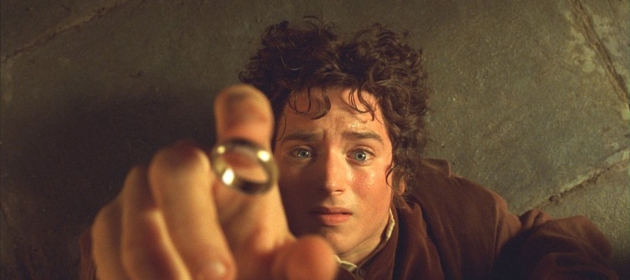
There are some old faces in it
Alright, so we’ve got our Bilbo. But what about the rest of the cast? In one surprise twist, Jackson has actually re-hired numerous cast members from his original Lord Of The Rings films.
Ian McKellen as Gandalf and Andy Serkis as Gollum were a given, considering they appear in both Tolkien’s LOTR and The Hobbit, and both officially signed on in January 2011.
But Jackson has also drafted in Cate Blanchett as Galadriel and as Elijah Wood as young Frodo, both of whom are absent from the Hobbit novel .
“There only would have been reservation about taking the part if there had been something that had infringed upon the integrity of the original book,” Wood says about returning. “But that was never going to be the case.”
He adds: “I haven’t even read the script. It’s going to be like going back in time.”
With Orlando Bloom also in talks to reprise his role as warrior elf Legolas, and Christopher Lee interested in returning as wizard Saruman (both also absent from Tolkien's Hobbit tome), Jackson is evidently going to great pains to link his two Tolkien adaps.
He’s not giving away just how he’ll insert those LOTR characters into The Hobbit, though we imagine he might craft an extended introduction much like the first ten minutes of The Fellowship Of The Ring. ..
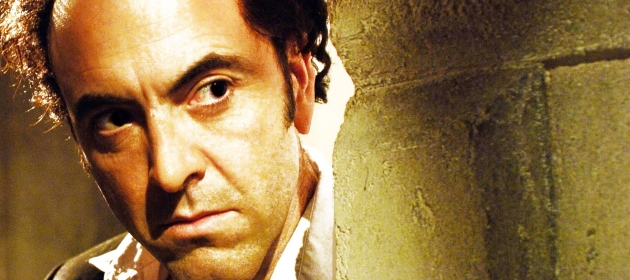
There are some new faces, too
Moving on to characters who actually are in the original tome, the entire Company of Dwarves – who are pivotal to the story – have all been recruited. They are the company who set out to reclaim the Lonely Mountain from covetous dragon Smaug.
For this diminutive collection, Jackson hired an assortment of British actors, with Richard Armitage (who will also appear in Captain America: The First Avenger ) heading up the brood as Thorin Oakenshield, the Company’s leader.
Then there’s Aidan Turner as Kili, Rob Kazinsky as Fili, Graham McTavish as Dwalin, John Callen as Oin, Stephen Hunter as Bombur, Mark Hadlow as Dori and Peter Hambleton as Gloin.
Meanwhile, character actor James Nesbitt was cast as forthright and occasionally brave dwarf Bofur. “James’ charm, warmth and wit are legendary as is his range as an actor in both comedic and dramatic roles,” Jackson said. “We feel very lucky to be able to welcome him as one of our cast.”
And newcomer Adam Brown will play Ori, another member of the Company. Jackson comments: “Adam is a wonderfully expressive actor and has a unique screen presence. I look forward to seeing him bring Ori to life”.
Keeping things in the family, it was also reported in January 2011 that Jackson had hired his Lovely Bones star Saoirse Ronan for an unspecified role in the film. Though her casting has yet to be confirmed, Ronan has stated she’d love to be a part of The Hobbit : “Yeah if I was asked, certainly.”
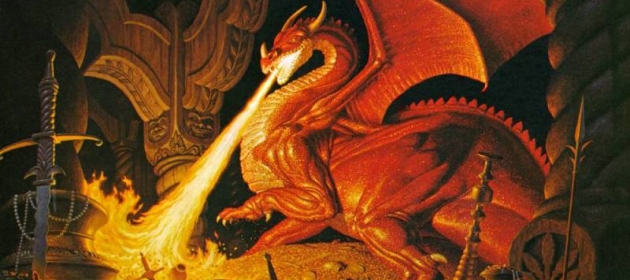
The Middle Earth creatures will look amazing
If there’s one thing that Guillermo del Toro knows how to do, it’s monsters. Luckily, he had a whole year of prep work in which he designed the whole of Middle Earth and its inhabitants before he left production.
Apparently, though, his designs will remain. And they sound pretty amazing. Over to del Toro himself:
“The way I phrased it to Weta, I said we would keep the DNA in the same gene pool as the Rings trilogy, but that we would generate a different type of character. For example, in the trilogy most of the creatures are brutish or inarticulate.
“In The Hobbit , the creatures speak: Smaug has beautiful lines of dialogue; the Great Goblin has beautiful lines of dialogue; many creatures do. So we had to design them with a different approach because you are not just designing things that are scary.
“I also wanted some of the monsters in The Hobbit to be majestic. I wanted the Wargs to have a certain beauty so that you don't have a massively clear definition: what is beautiful is good and what is ugly is not. Some of the monsters are absolutely gorgeous.”
Naturally, much of the talk surrounding the monsters is about Smaug. But we needn’t worry about him being a pale imitation of other movie dragons, says del Toro.
“I think one of the designs I’m the proudest of is Smaug. Obviously he took the longest,” he says. “The bulk of the design took about a year, solid. It’s because of the unique features of the dragon.
“Early in production I came up with a very strong idea that would separate Smaug from every other dragon ever made. The problem was implementing that idea. But I think we’ve nailed it.”
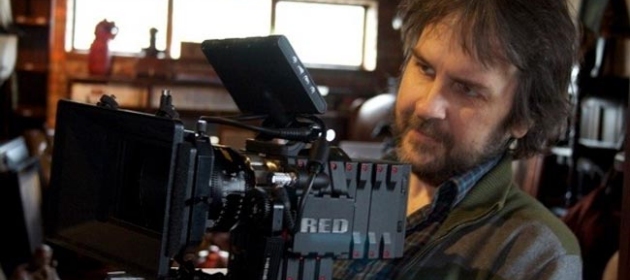
It will be shot in 3D
The Lord Of The Rings film trilogy was a massive spectacle when it was first released, the sweeping landscapes and grand battles in each film as impressive as the warm heart that beat throughout them.
But what if they’d been in 3D? Peter Jackson’s obviously been thinking on that, having decided to go with the times and shoot his Hobbit two-parter in 3D.
This being the man who turned Tolkien’s ‘unfilmable’ novel into a massive successful movie trilogy, he’s not going at it in a half-cocked manner. Jackson will be using brand new Red Epic cameras to shoot in 3D – 30 of them in total.
They’re the same cameras that Marc Webb is currently using to shoot The Amazing Spider-Man , and are the brainchild of creator Jim Jannard. They shoot in 5k resolution, and capture 128 frames per second.
“I find the picture quality [ of RED cameras ] appealing and attractive,” says Jackson, “and with the Epic, Jim and his team have gone even further.
“It is a fantastic tool, the Epic not only has cutting edge technology, incredible resolution and visual quality, but it is also a very practical tool for film makers. Many competing digital systems require the cameras to be tethered to large cumbersome VTR machines.
"The Epic gives us back the ability to be totally cable free, even when working in stereo.” Cake? Meet icing…
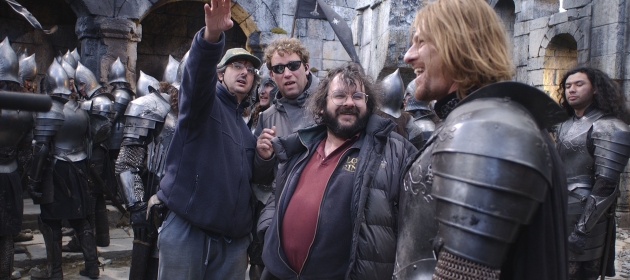
The budget is $500m
With MGM now attempting to rein in its debts and get itself out of the black, it’s fallen to Warner Bros to foot the bill on The Hobbit.
Whereas it was originally intended for the two studios to share the financing on the film, the WB are now paying for the entire thing – which will cost a massive $500m.
Let’s put that into perspective. Each of the individual Lord Of The Rings films cost roughly $94m each, meaning the budget for the entire trilogy was around $280m.
Ignoring all the inflation nonsense, that’s still a heck of a lot less money than what’s being spent on the two Hobbit films.
Much of that extra cost is currently being attributed to the use of the Red Epic cameras, which make for expensive filmmaking. Then there’s all those Dwarves that need clothing…
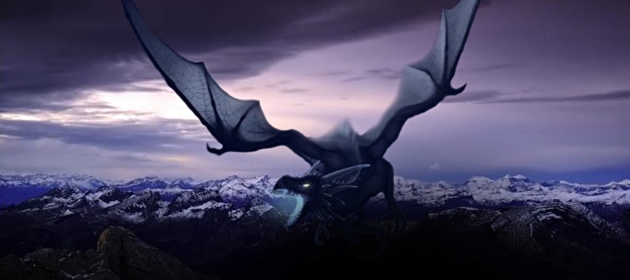
The Hobbit Part One will arrive December 2012
Every kink has been ironed out. Every disaster that could have happened surely has now been and gone. The Hobbit will begin its 300ish day shoot this March.
In keeping with its forbear, the Lord Of The Rings trilogy, the two Hobbit movies will be released one year apart. Part One will makes its debut in December 2012, while Part Two will resolve things in December 2013.
How will the book be divided up? Just how will all those LOTR characters fit into Jackson’s interpretation of Tolkien’s yarn? Can any more disasters befall the production? Time will tell.
Last word to Peter Jackson: “Exploring Tolkien's Middle-earth goes way beyond a normal film-making experience. It's an all-immersive journey into a very special place of imagination, beauty and drama.”
Josh Winning has worn a lot of hats over the years. Contributing Editor at Total Film, writer for SFX, and senior film writer at the Radio Times. Josh has also penned a novel about mysteries and monsters, is the co-host of a movie podcast, and has a library of pretty phenomenal stories from visiting some of the biggest TV and film sets in the world. He would also like you to know that he "lives for cat videos..." Don't we all, Josh. Don't we all.


